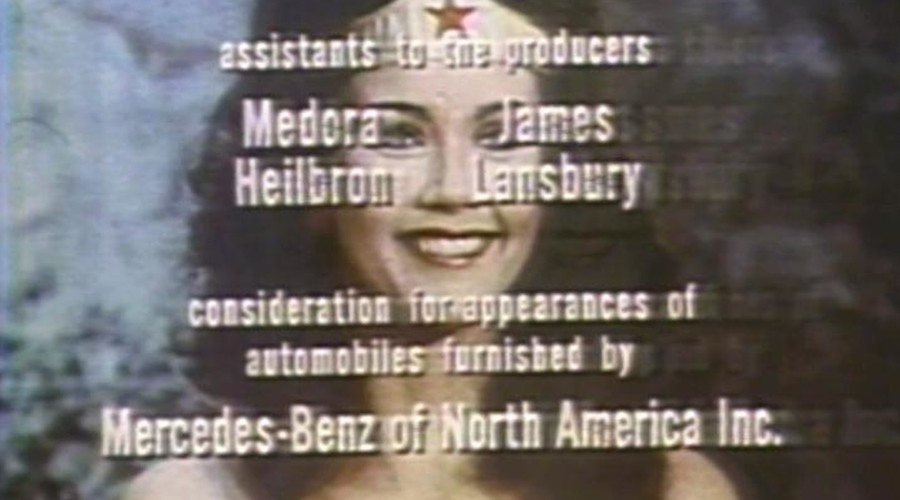Before Projection: Video Sculpture 1974-1995

Spanish video artist Antoni Muntadas is one of twelve international artists whose work will be shown in an exploration of monitor-based sculpture.
Before Projection: Video Sculpture 1974-1995 shines a spotlight on a historical moment and a body of work in the history of media art that has been largely overlooked since its inception. The exhibition explores the connections between our current moment and the point at which video art was transformed dramatically with the entry of large-scale, cinematic installation into the gallery space. This exhibition presents a re-evaluation of monitor-based sculpture since the 1970’s and serve as a tightly focused survey of works that have been rarely seen in the last twenty years.
Muntadas presents Credits (single-channel video, cube monitor, wall armature; 1984) in Before Projection. Muntadas isolates the credits of several TV and film productions from their original context, drawing attention to how producers represent themselves through language, sound, visuals, graphics, format, and rhythm, In Credits, Muntadas analyzes the media landscape and what he terms the “invisible” information behind mass media productions.
In addition to Antoni Muntadas, artists featured in the exhibition are Dara Birnbaum, Ernst Caramelle, Takahiko Iimura, Shigeko Kubota, Mary Lucier, Tony Oursler, Nam June Paik, Friederike Pezold, Adrian Piper, Diana Thater, and Maria Vedder.
About Antoni Muntadas
Considered one of the pioneers of media art and conceptual art in Spain, for over four decades Antoni Muntadas (Barcelona, 1942) has been creating projects that foment critical reflection about key issues in the configuration of contemporary experience. His aim is to detect and decode the control and power mechanisms through which hegemonic ways of seeing are built, exploring the decisive role played by the mass media in this process.
In his works, which always have a clear processual dimension and often make a direct call for viewer participation, Muntadas uses a number of media, languages and discursive strategies, from interventions in public space to video and photography, from the publication of printed material to the use of Internet and the new digital tools, from multimedia installations to the organisation of multidisciplinary, collaborative research projects.